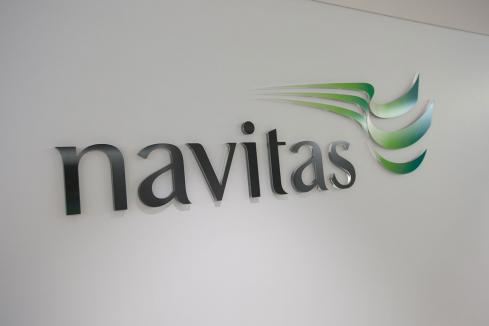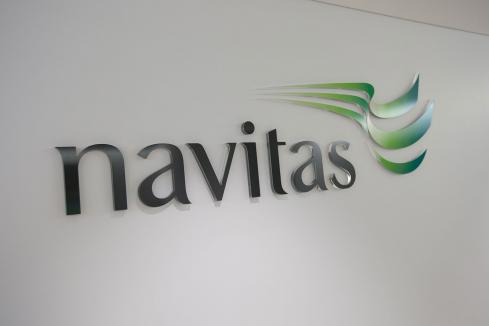Losing one contract is not the biggest problem confronting locally based education provider Navitas, even though Macquarie University’s decision to end a near 18-year relationship wiped $800 million off the value of the stock yesterday.


Losing one contract is not the biggest problem confronting locally based education provider Navitas, even though Macquarie University’s decision to end a near 18-year relationship wiped $800 million off the value of the stock yesterday.
The real problems are the same as those confronting all contractors who offer a service that can be easily replicated, and where customers can see a cheaper way to get a similar result.
In Western Australia, those conditions are seen most acutely in the mine services business, which routinely goes through a period of being in favour, and then out of favour, with mine owners.
What generally happens is that owners, during a boom such as that enjoyed by iron ore miners until last year, are happy to engage contractors because it gets a job done quickly, eases the workload on internal management and shifts the cost of capital to the contractor.
Navitas, unfortunately for its shareholders, has never experienced what happens when the fundamentals of its industry undergo a change in trading conditions – which is what’s happening now.
Macquarie University may, or may not, be the only institution to crunch the numbers and discover it can do the same job as Navitas in providing bridging courses for students wanting to study for a university degree.
The point, from an investment perspective, is that Macquarie University has blown a whistle and said to the rest of the education industry that it would be best to bring the bridging course process in-house.
There are dozens of mine contractors around Perth that have experienced the same process, when big miners such as BHP Billiton or Rio Tinto look at their numbers and decide they can replace an outside contractor and get the same job done with their own staff.
The issue now for Navitas is not so much that it has lost an important contract with a long-term customer; it is that other customers will have immediately started a review process to try and discover why Macquarie University is quitting and whether they too can provide a bridging course cheaper than an outside contractor.
And that means even customers that stick with Navitas will be seeking a cheaper rate on the service provided.
In fact in order to keep the customers happy, Navitas might even be considering offering contract sweeteners, such as a fee discount, to offset the troubling publicity associated with the Macquarie University loss and hopefully prevent a customer from thinking about going in-house, or considering a rival (and cheaper) service provider.
Technically, the problem is called margin compression, or margin squeeze, and from an investor’s perspective that can only mean the potential for reduced future profits.
Being whacked by a customer walkout is a novel experience for Navitas, which has enjoyed a one-way ride on the booming, largely government-funded, education bandwagon.
Tougher times for governments everywhere mean tougher times for most universities because they are, whether they like it or not, government agencies, which is certainly the case in Australia.
Interestingly, the Navitas squeeze is not confined to the company itself, with several stockbrokers wondering how they also got it so wrong and missed the signs of customers seeking a cheaper alternative to the service offered by Navitas.
Two shining examples of that ‘oops’ moment can be found in last month’s advice from two big-name investment banks.
On June 10, Credit Suisse restarted its coverage of Navitas with a glowing report on the stock by a new analyst (who will go unnamed) with a ‘buy’ tip and a 12-month share price target of $8.40 – $1.07 or 14.6 per cent higher than the closing price on the day of $7.33.
No prize for guessing that Credit Suisse is rapidly re-working its numbers, and considering the future of its new analyst, with Navitas opening this morning at $5.07, the best part of 40 per cent below the tipped $8.40.
Deutsche Bank was also guilty of misreading the stock with a June 18 report that had Navitas as a ‘buy’ with a 12-month target price of $7.60, a price that was 43 cents, or 6 per cent, above the closing price on the day of $7.17.
More recent broker reports have been mixed, with an interesting number of ‘buy’ tips now that the damage has been done to the share price and what seems to be a discounted entry is possible.
UBS has upgraded Navitas from ‘sell’ to ‘neutral’. Citi has upgraded the stock from ‘neutral’ to ‘buy’. Macquarie Bank has downgraded the stock from ‘outperform’ to ‘neutral’ and CIMB has hedged its bets with a ‘hold’ tip.
Unfortunately for everyone involved, from the brokers to Navitas management, the outlook is clouded with no-one really sure about the actions of customers who have seen the Macquarie University walkout and will be considering their future requirements.
And that’s the big issue, will those future requirements to be provided by Navitas be at yesterday’s prices, or will they be discounted in some way?
















